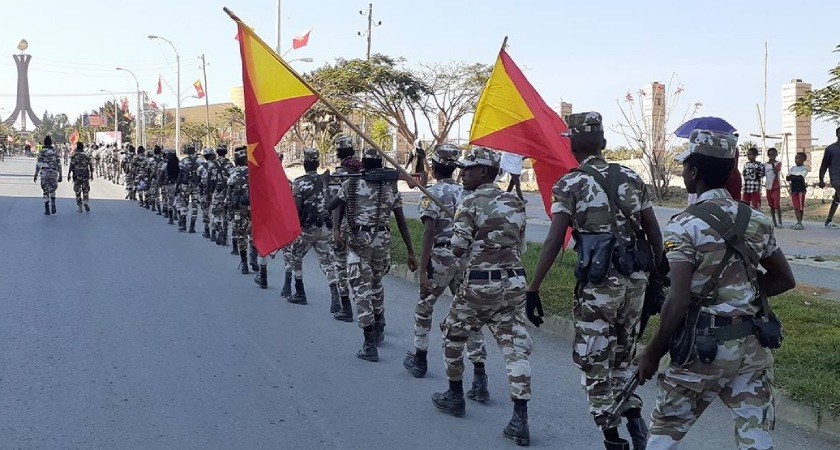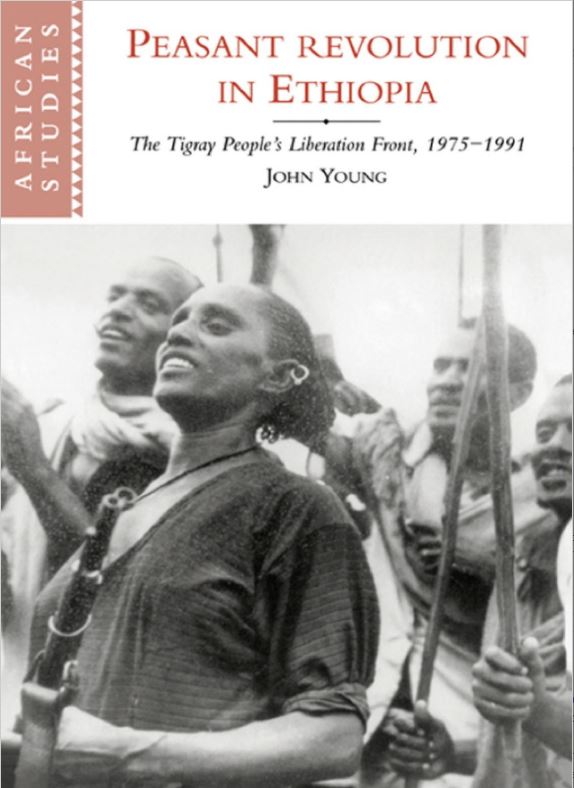
Ethiopian blockade of Tigray has caused a famine creating a higher percentage of death of those affected then the Ethiopian 1980s famine. Considering the similarities of the 1983 to 1985 famine of Ethiopia under the Derg Regime to that of the current Tigray siege we can estimate that at least 125,000 may actually have died so far. In the following analysis one striking difference is that the percentage of the population severely affected in Tigray may be higher then in the previous famine. The difference is due to the fact that international aid was eventually allowed by the Derg Regime after the international community became involved beginning in 1984 whereas the Ethiopian government has not relented and imposed even greater obstructions then did the Derg Regime.
Currently there is a lack of means to adequately assess the number of deaths from the Ethiopian blockade driven starvation in Tigray, however, we can make estimate looking at what we know about the death rate that occurred in widespread famine of Ethiopia from 1983 to 1985 when the Derg Regime like the Abiy Ahmed government of today used starvation as a weapon to subjugate the populace, restrict agricultural production, and food aid initially.
The United States government estimates that 80% of the Tigrayan population is food insecure compared with only 15% before the onset of Ethiopian Tigray conflict in November 2020. Whereas international aid agencies determined more than 100 trucks a day were needed since that time the actual number that arrived was miniscule. Tigray agricultural production was severely restricted as admitted by members of the Tigray Interim Administration with no supply of seed, fertilizer, destruction of farm animals and equipment, as well as the displacement and murder of many farmers in the countryside.
The affect of the Ethiopian government induced famine on Tigray can be estimated by looking at the widespread famine that affected all of Ethiopia from 1983 to 1985. At that time almost 10% of the population was severely affected leading to the deaths estimated to be between 300,000 to 1.2 million out of 40 million population. Thus we can estimate that out of 4 million affected about 25% of those eventually died.
We can assume a conservative figure of 6.5 million to 7.0 million population in Tigray at the start of war. We can assume that 80% or 5 million are facing severe food insecurity. If 10% of these 5 million or 500,000 are severely affected we would expect that they would have at least a 25% death rate. This assumption this would bring us to the conclusion that 125,000 Tigrayans have died just from starvation since the onset of the Ethiopian Thus Tigray conflict is averaging almost 63,000 deaths per year and will continue to do so until the blockade is stopped and food production returns to its pre-war levels.



